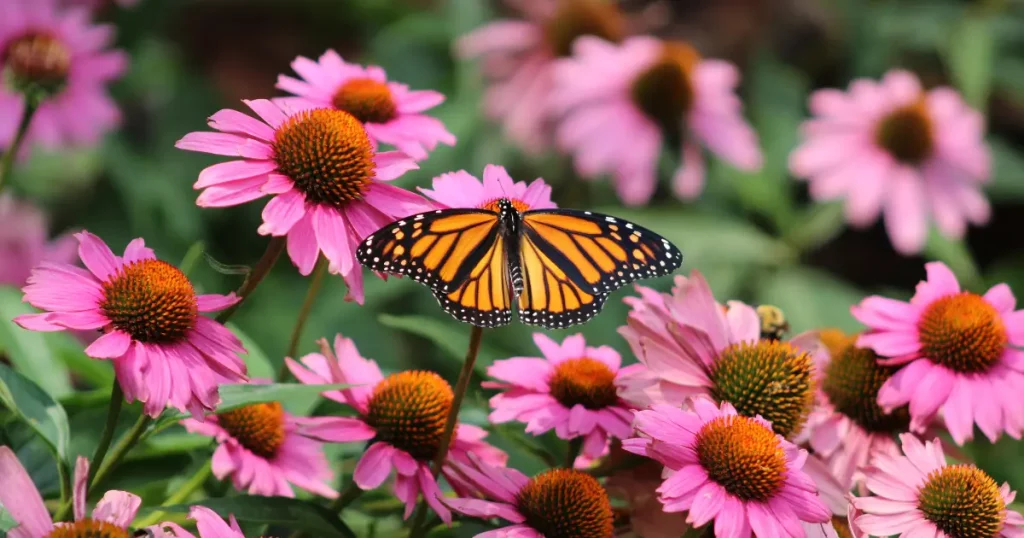
Photo by db_beyer / Getty Images
Creating habitat and supporting ecosystems are among the best ways you can help wildlife in your community.
Feeding directly often leads to negative encounters, inappropriate risks or behaviours from animals, and can increase disease transmission. But by planting native wildflowers, you can have a sizable impact year after year! Here’s four ways planting wildflowers can help fur-bearing animals:
1 Kickstart the ecosystem. Pollinating insects are essential to ecosystems in Canada, but are often in decline due to habitat loss, pollution, and pesticide, herbicide and fungicide uses. Planting native wildflowers are a great way to help pollinators as they provide significant, accessible nectar, habitat for insects, and benefits to many other species.
2 Food for the birds. Native plants like black-eyed susans (Rudbeckia hirta) or purple coneflowers (Echinacea purpurea) produce seeds loved by birds and small mammals, in addition to being popular among pollinators.
3 Habitat for non-pollinating insects. Many species of fur-bearing animals, including squirrels, skunks, raccoons, and others, will make a meal of insects like grubs, grasshoppers, crickets and others who may find habitat among wildflowers, or benefit from their presence.
4 Habitat for fur-bearing animals. A rewilded or naturalized area can be home to numerous species of fur-bearing animals, as well as insects, birds, and other animals essential to a healthy ecosystem. Wildflowers can play an important role in rewilding, and ultimately in keeping wildlife healthy.
What are some other great reasons for planting wildflowers? Let us know on our social media channels like Facebook, Instagram, YouTube and Twitter, or by joining our community for email updates you can reply to by clicking here.
